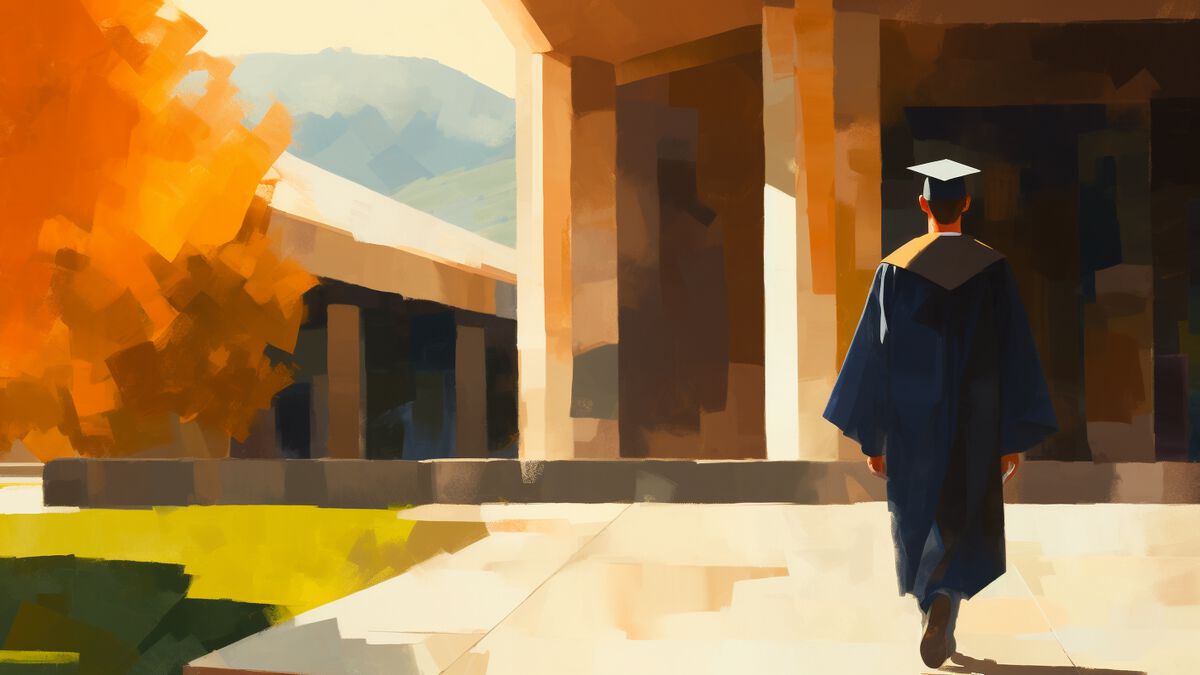A Mormon Darwinism
Lincoln Cannon
10 June 2008 (updated 21 September 2025)
On the Mormon blog, By Common Consent, in a post entitled “Towards a Mormon Darwinism,” Steven P asked how readers reconcile evolution with various aspects of Mormonism. And he wondered whether we could do so while preserving notions of God’s creation, Adam’s fall, and Christ’s atonement. Of course, I think we can. And I think we should without appeals to anything supernatural.
Adam and Eve are archetypes of humanity. This is clearly suggested by the wording of a passage from Joseph Smith’s version of Genesis:
“In the image of his own body, male and female, created he them, and blessed them, and called their name Adam, in the day when they were created and became living souls in the land upon the footstool of God.” (Moses 6: 9)
Adam left the garden when humanity emerged from innocence communally, attaining a degree of intelligence necessary to conceptualize pain and pleasure, joy and misery, and good and evil. And Adam continues to leave the garden as we individually emerge from innocence. The fall of Adam, then, is humanity’s loss of innocence that accompanies its communal ascendance to complexity in ethics and esthetics.
Evil is incongruence between and among our anatomical desires, individual wills, communal laws, and environmental laws. The atonement of Christ, to which we pledge our discipleship, is the eternal work of reconciling between and among conflicting anatomical desires, individual wills, communal laws, and environmental laws.
While our pre-human ancestors experienced pain, misery, and death, they did not conceptualize them as we do. Their corresponding tragedies were realized more fully in our minds and in the minds of the Gods.
Transfiguration or resurrection to immortality produces what the scriptures describe as a “spiritual body,” in contrast to a “spirit body.” Unlike a spirit body, the spiritual body maintains the magnitude of material organization attained by the physical body, although with greater reconciliation between spiritual will and physical desire than when in a mortal state, which forwards the work of atonement.
An immortal being, such as God, remains a natural physical being, but has become the result of both biological and technological evolution. The Gods first found themselves in the midst of eternal matter, and thereafter sought to reorganize it toward congruence with their desires. In other words, the Gods first evolved passively and biologically before evolving actively and technologically.
The Gods interact selectively with creation, leveraging the natural laws within which they found themselves while attempting to expedite the organization of Gods like themselves, for purposes beyond our current anatomical capacity to imagine. Thus, God is (among other things) an engineer: working within knowledge of the possible (science) to discover and create a world more congruent with our desires.



